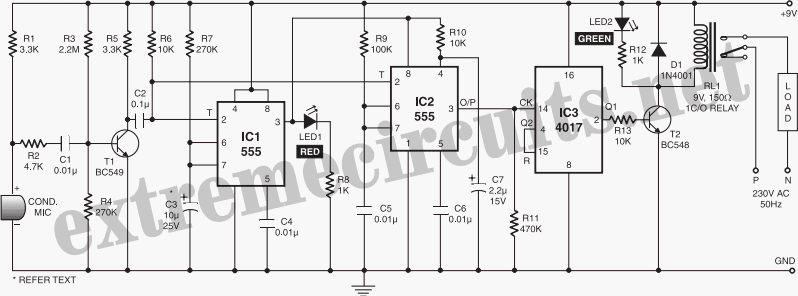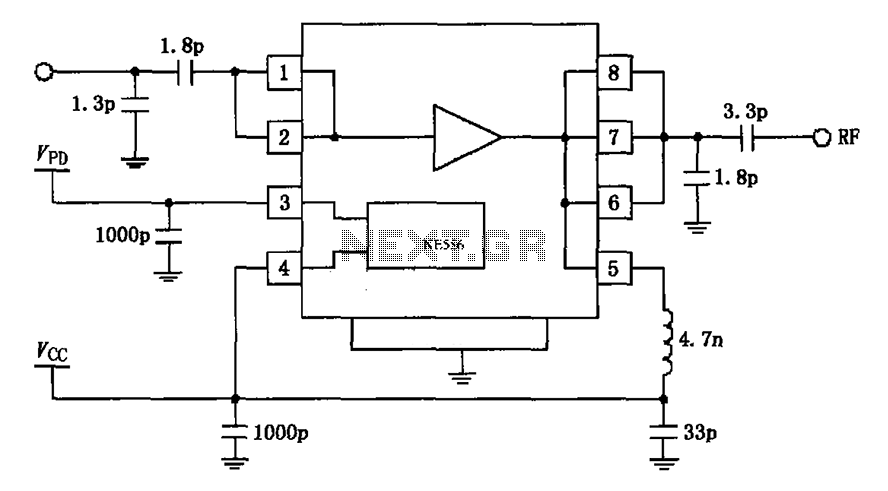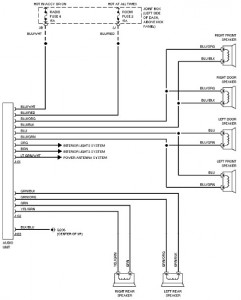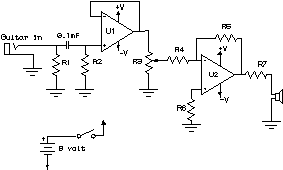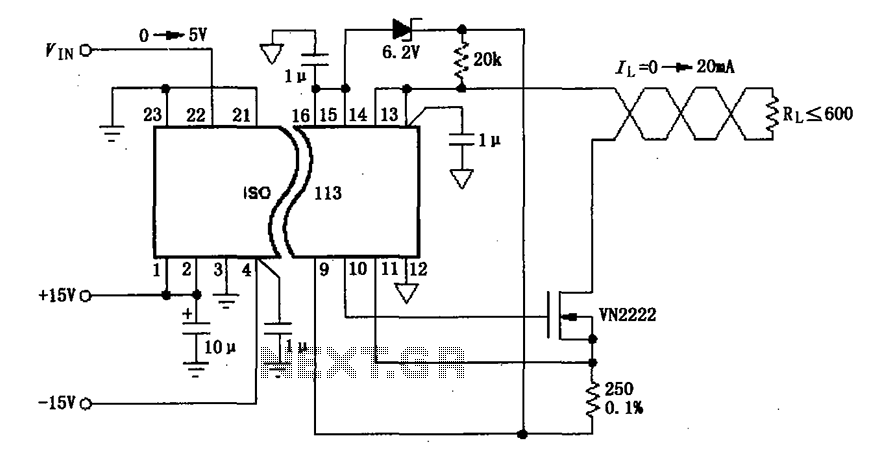
Frequency Counter Schematic diagram

The design primarily consists of the ATmega328P-PU microcontroller and an LCD display. Both components necessitate a stable power supply.
The ATmega328P-PU microcontroller is an 8-bit AVR microcontroller that operates at a clock speed of up to 20 MHz. It features 32 general-purpose I/O pins, 23 of which can be configured as analog inputs. This microcontroller is widely used in various applications due to its versatility and ease of programming, often utilized in Arduino-based projects. The microcontroller requires a stable voltage supply, typically 5V, which can be achieved using a voltage regulator if necessary.
The LCD display commonly used in conjunction with the ATmega328P is typically a 16x2 character display, which can show two lines of 16 characters each. This display operates at a voltage of 5V and communicates with the microcontroller using either a parallel or serial interface. The parallel interface requires multiple I/O pins for data transmission, while the serial interface, such as I2C, reduces the number of pins needed, allowing for easier integration into the design.
In the schematic, the power supply circuit must be designed to provide a consistent 5V output to both the ATmega328P and the LCD. Capacitors may be included to filter out noise and stabilize the voltage. Additionally, pull-up resistors may be required for I2C communication if that interface is chosen. The connections between the microcontroller and the LCD must be clearly defined, ensuring that data pins, control pins, and power connections are appropriately mapped.
Overall, the design should emphasize the importance of stable power and proper interfacing between the microcontroller and the LCD to ensure reliable operation.As you can see, there are few parts to this design, really just the ATmega328p-pu microcontroller and the LCD display. Both of them require a steady +.. 🔗 External reference
The ATmega328P-PU microcontroller is an 8-bit AVR microcontroller that operates at a clock speed of up to 20 MHz. It features 32 general-purpose I/O pins, 23 of which can be configured as analog inputs. This microcontroller is widely used in various applications due to its versatility and ease of programming, often utilized in Arduino-based projects. The microcontroller requires a stable voltage supply, typically 5V, which can be achieved using a voltage regulator if necessary.
The LCD display commonly used in conjunction with the ATmega328P is typically a 16x2 character display, which can show two lines of 16 characters each. This display operates at a voltage of 5V and communicates with the microcontroller using either a parallel or serial interface. The parallel interface requires multiple I/O pins for data transmission, while the serial interface, such as I2C, reduces the number of pins needed, allowing for easier integration into the design.
In the schematic, the power supply circuit must be designed to provide a consistent 5V output to both the ATmega328P and the LCD. Capacitors may be included to filter out noise and stabilize the voltage. Additionally, pull-up resistors may be required for I2C communication if that interface is chosen. The connections between the microcontroller and the LCD must be clearly defined, ensuring that data pins, control pins, and power connections are appropriately mapped.
Overall, the design should emphasize the importance of stable power and proper interfacing between the microcontroller and the LCD to ensure reliable operation.As you can see, there are few parts to this design, really just the ATmega328p-pu microcontroller and the LCD display. Both of them require a steady +.. 🔗 External reference
